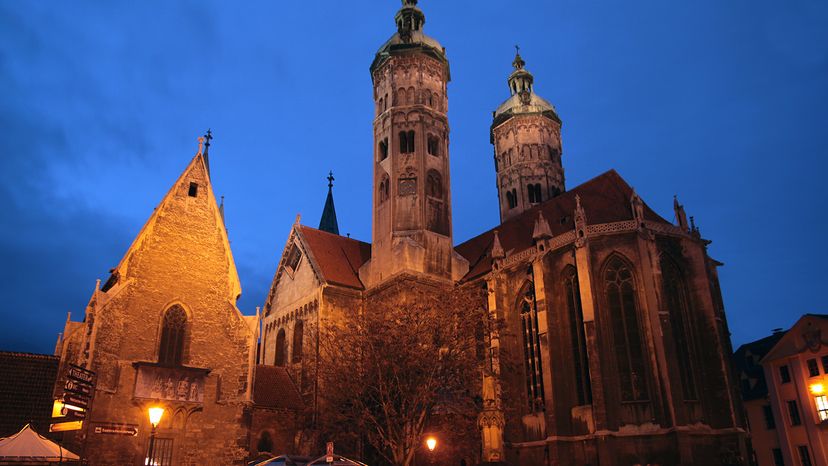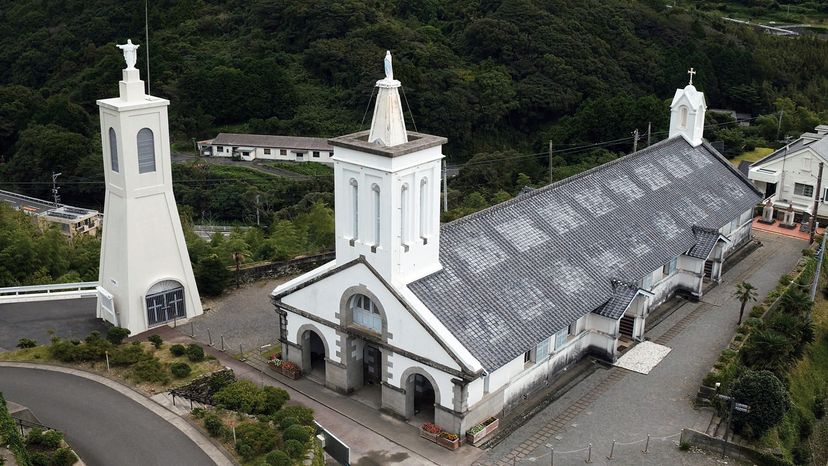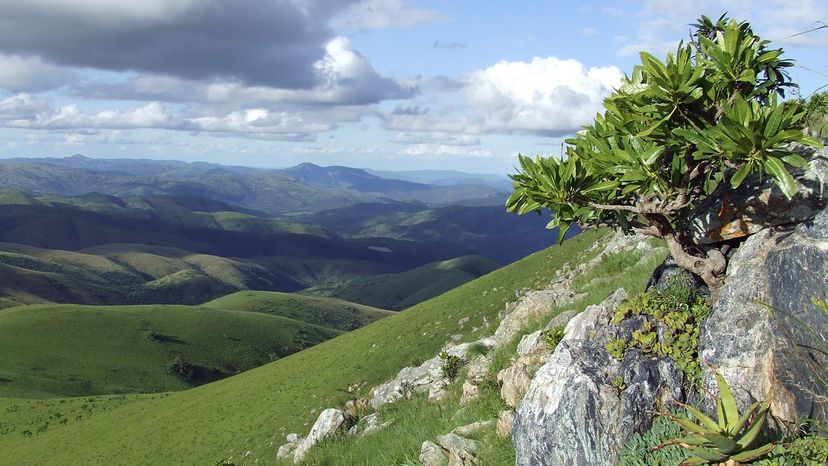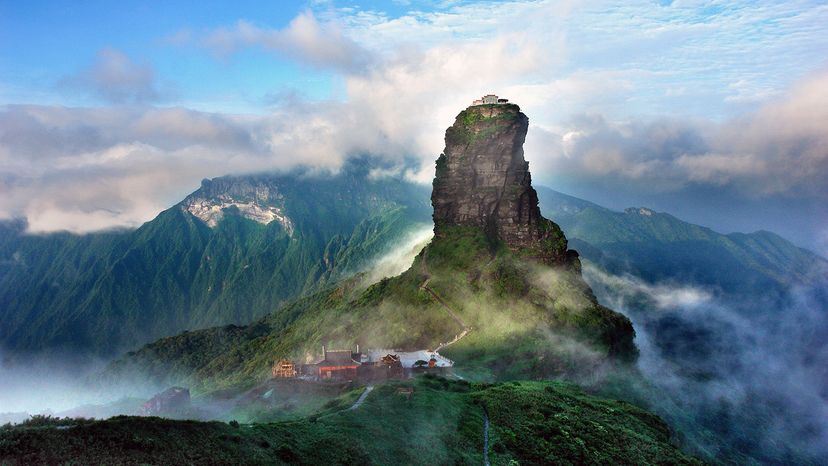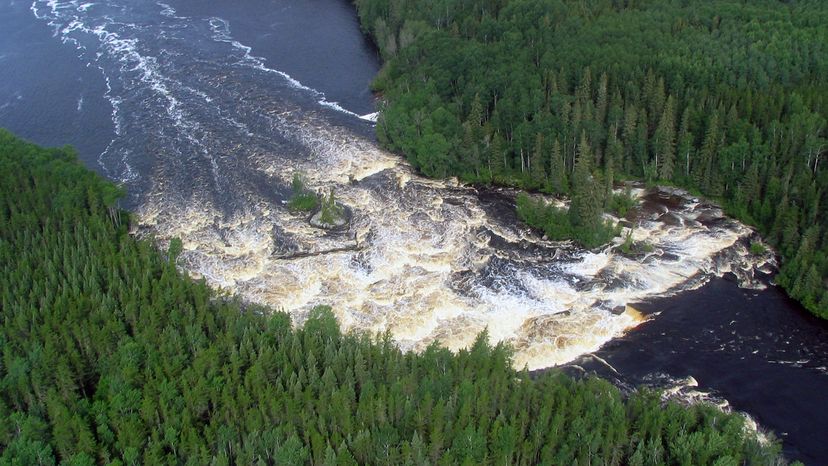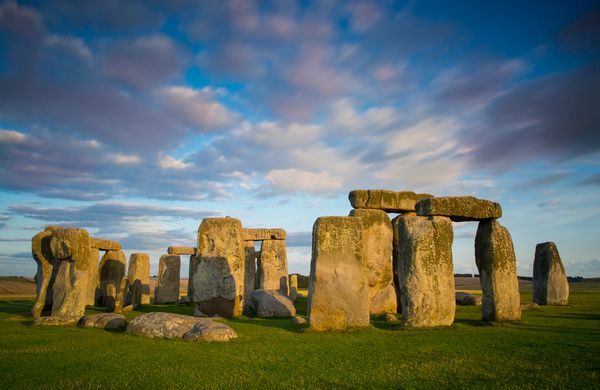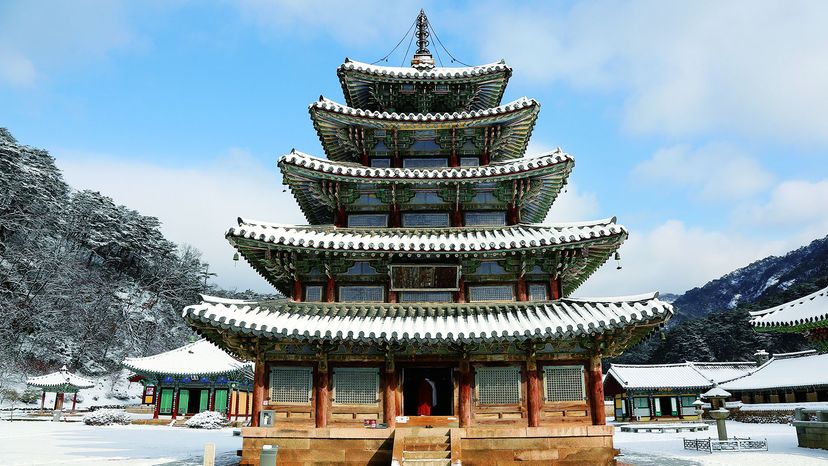
If you've ever scrolled through social media and seen a friend posing proudly at Machu Picchu or the Egyptian pyramids, you've witnessed the majesty of a UNESCO World Heritage Site. According to National Geographic, the impressive designation is the United Nations Educational, Scientific and Cultural Organization (UNESCO)'s "stamp of approval that brings prestige, tourist income, public awareness, and, most important, a commitment to save the irreplaceable."
The tradition started in November 1972 when the organization, born in the aftermath of World War II to help establish the "intellectual and moral solidarity of mankind," adopted a treaty known as the World Heritage Convention to identify cultural and natural properties of "outstanding universal value." But the classification isn't just an honorary award: World Heritage status means a site's home nation is responsible for protecting it. If a site loses value due to natural disaster, war, pollution or lack of funds, nations that signed the treaty are obligated to help out, and set up emergency aid campaigns if possible.
Advertisement
According to UNESCO's website, sites "must be of outstanding universal value and meet at least one out of 10 selection criteria" to be included on the World Heritage List. That means potential sites better do one or more of the things below:
- Represent "a masterpiece of human creative genius";
- Exhibit "an important interchange of human values" in areas including architecture, technology, art, town-planning, or landscape design;
- Possess a unique "or at least exceptional" testimony to a past or present cultural tradition or civilization;
- Be some kind of building or landscape that represents a significant stage in human history;
- Be an outstanding example of "a traditional human settlement, land-use, or sea-use which is representative of a culture (or cultures), or human interaction with the environment;
- Be linked to universally significant artistic or literary events, traditions, ideas, or beliefs;
- Contain "superlative natural phenomena or areas of exceptional natural beauty and aesthetic importance";
- Be outstanding examples representing major stages of Earth's history;
- Be representative of significant ongoing ecological and biological processes;
- Contain the most important and significant natural habitats for "in-situ conservation of biological diversity."
There are currently 1,092 World Heritage Properties around the globe — 19 of which were added in early July 2018. Here are five of the newbies we think exemplify what the list stands for:
Advertisement
